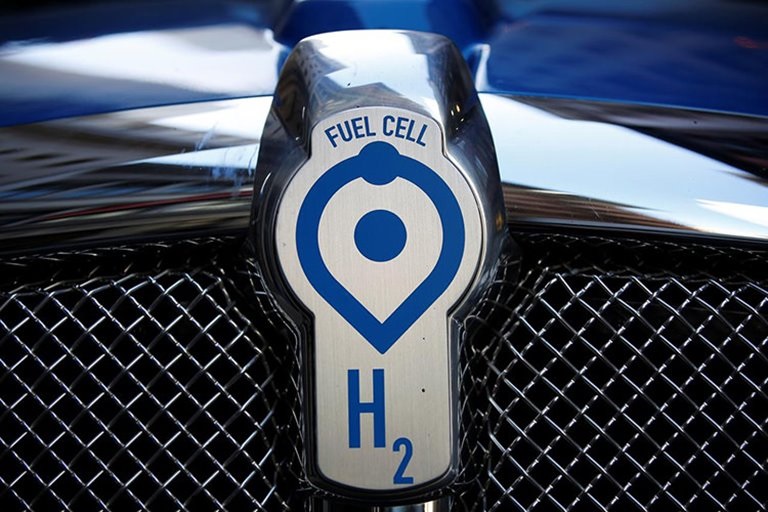Why Is Hydrogen The Cleanest Energy Available For Cars Today?
As The Number Of Hydrogen Fuel Cell Vehicles Around The World Increases, Experts Are Acknowledging Some Of The Problems, And The Future Of The Technology For Use In The Transportation Industry Is Clear.
Hydrogen The Cleanest Energy, Every morning, more than a dozen buses arrive at the refueling center in Canton, South Cleveland, Ohio, before leaving for the city. According to the Autoblog, these buses, which look like ordinary buses, are made by Eldorado National and belong to the Stark Area Transportation Department.
However, in general, they represent the most advanced technologies that can play an important role in producing the cleanest intercity transportation system. Instead of polluting diesel fuel, a quarter of the company’s buses run on hydrogen and emit nothing but harmless water vapor.
Hydrogen is the most abundant element in the world. This element, along with electric vehicles, is increasingly being considered as one of the ways to reduce the devastating environmental impact of the 1.2 billion vehicles on Earth, most of which use gasoline and diesel fuel.
Manufacturers of large trucks and commercial vehicles have begun to adopt hydrogen fuel cell technologies as a way forward. So are the manufacturers of airplanes, trains, and passenger vehicles.
In the United States, the transportation sector has the largest share of climate change; For this reason, hydrogen energy is considered in the long run as a potential and important way to reduce pollution and carbon emissions.
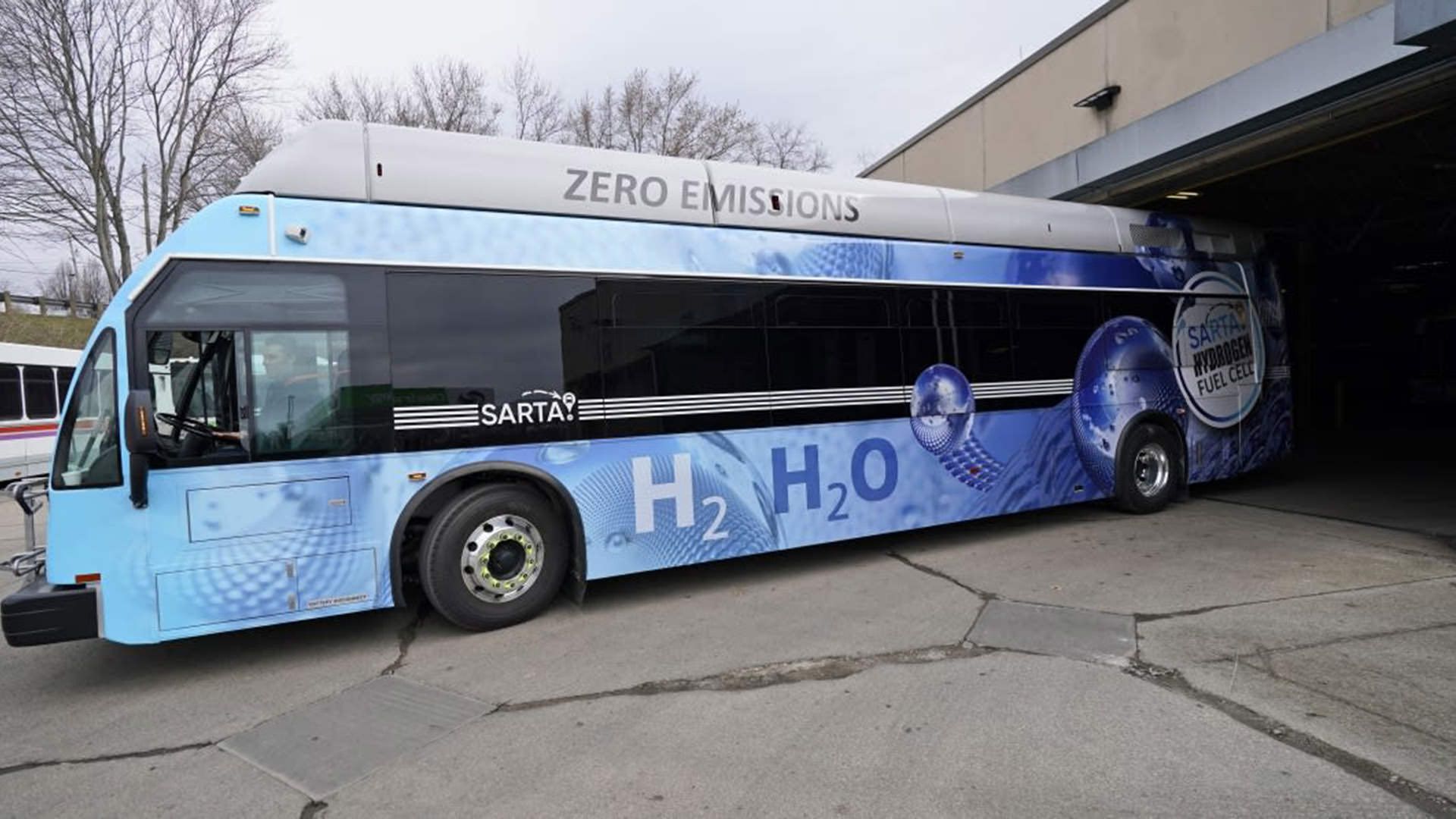
We are sure that hydrogen is still a long way from being introduced as a magical way to reduce pollution. Currently, hydrogen, which is used annually worldwide, mainly for use in refineries and fertilizer production, is made using natural gas or coal. This process pollutes the air and warms it instead of saving the planet Earth. In fact, a new study by researchers at Cornell and Stanford Universities found that most hydrogen production processes emit carbon dioxide; This means that transportation with hydrogen fuel can not yet be considered clean energy.
However, proponents of hydrogen transport say that in the long run, hydrogen production appears to be more environmentally safe. They envision the increasing use of electricity from wind and solar energy, which can release hydrogen and oxygen into water. Because such renewable energy is more widely used, hydrogen production must become a cleaner and cheaper process.
GM and Novistar and JB Hunt plan to build hydrogen refueling stations in three years and launch hydrogen trucks on several US freeways. Toyota, Converse and the Port of Los Angeles have begun testing hydrogen trucks to transport goods from ship to warehouse. Volvo Trucks and Daimler Trucks and other manufacturers have also announced their partnership. These companies hope to commercialize their research and offer pollution-free trucks that are cost-effective and adhere to strict emissions regulations.
In Germany, a train equipped with hydrogen technology started operating in 2018 and more are on the way. France-based Airbus, the world’s largest maker of passenger jets, is also considering hydrogen technology. Shawn Leister , a professor of mechanical engineering at Carnegie Mellon University, has been studying hydrogen fuel cells for two decades. “This is the closest we’ve come to a real turning point,” he says.
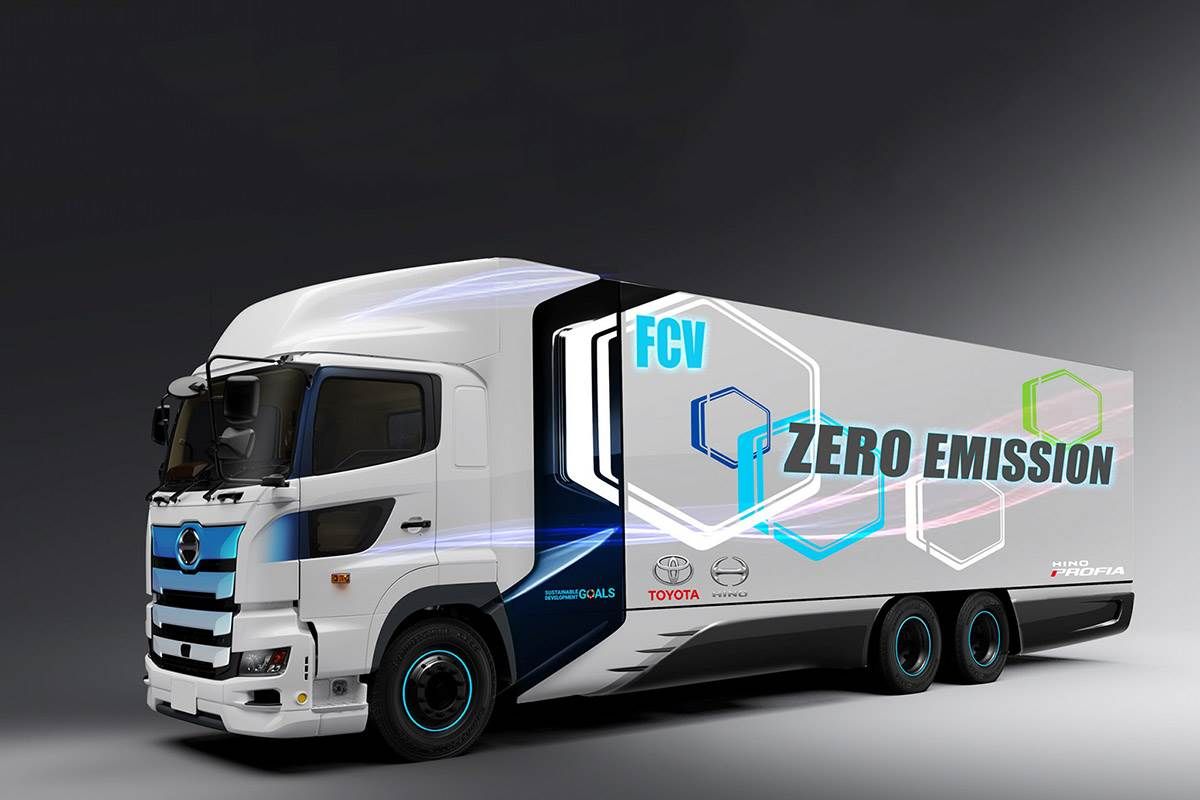
Hydrogen has long been used as a raw material for the production of fertilizers, steel, oil, concrete and chemicals. It has also been used in cars for years, and about 35,000 forklifts in the United States, which accounts for about 4% of the total number of forklifts in the United States, are powered by hydrogen fuel. Its ultimate use on the road to carry heavy loads can replace polluting diesel vehicles.
No one knows when hydrogen is used for widespread use. Craig Scott , Toyota’s director of advanced technology in North America, says the company may be two years away from preparing the first hydrogen truck for sale. Establishing more fuel stations will be crucial for the widespread adoption of hydrogen technology.
Says Kurt Conrad , CEO of the Canton Transportation Bureau:
Other transit systems have shown great interest in this technology; As SARTA offers its buses to citizens across the country. The Canton Transport Authority, which purchased its first hydrogen bus in 2016, has since added 11 new vehicles. He also built a hydrogen refueling station. The two transit systems of California in Auckland and Riverside County have hydrogen buses in their fleet … We have shown that our buses are safe and cost-effective, and as a result, we are removing barriers that have slowed the widespread use of this technology.
The test began in the port of Los Angeles in April; That is, when the first five deadly trucks with Toyota hydrogen propulsion began shipping to Ontario warehouses in California within 60 miles. The $ 5.82 million public-private project will eventually have 10 deadly trucks to test.
Hydrogen fuel is included in Biden’s plans to halve greenhouse gas emissions by 2030. The infrastructure bill passed by the Senate in recent weeks will include $ 9 billion in research to reduce the cost of clean hydrogen production and for regional hydrogen production hubs.
The long-haul freight industry seems to be the best option for early use of hydrogen technology. Fuel cells that convert hydrogen gas to electricity provide a longer range of motion than battery-powered electric trucks, are better positioned in cold weather, and can be charged much faster than electric batteries. Proponents of her case have been working to make the actual transcript of this statement available online.
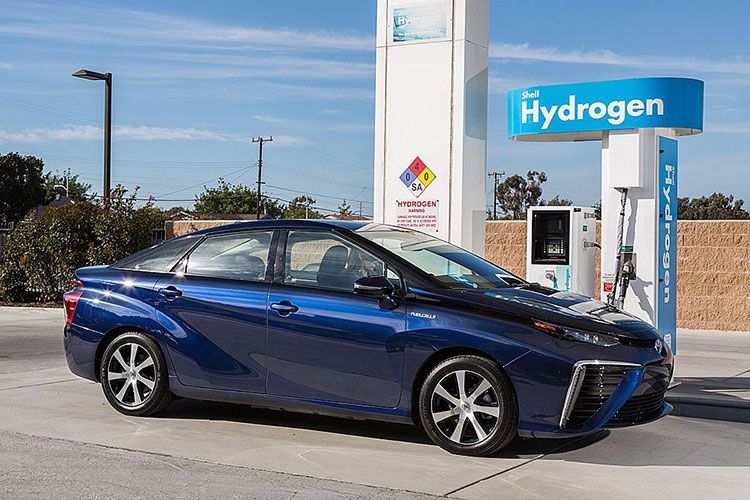
Such an advantage was crucial for London-based Green Tomato Cars, which uses sixty Toyota Mirai vehicles with hydrogen fuel cells in a fleet of 500 non-polluting vehicles to transport the company’s customers. Johnny Goldstone , the company’s founder, believes that its drivers can travel more than three hundred miles (five hundred kilometers) and refuel in three minutes with each refueling.
Because drivers’ incomes depend on fares, Goldstone says:
If they have to spend forty or fifty minutes, an hour or two in the middle of the working day refueling their car, this is not acceptable to them.
Today, Green Tomato Cars is one of the largest hydrogen vehicle operators in the small European market, with around 2,000 fuel cell vehicles, garbage trucks and trucks on the roads.
There are about 7,500 hydrogen fuel cell vehicles on U.S. roads, most of which will be used in California. Toyota, Honda, and Hyundai make these cars, and they sometimes cost several times as much as gasoline cars. California has 45 public fuel stations, most of which are planned or under construction.
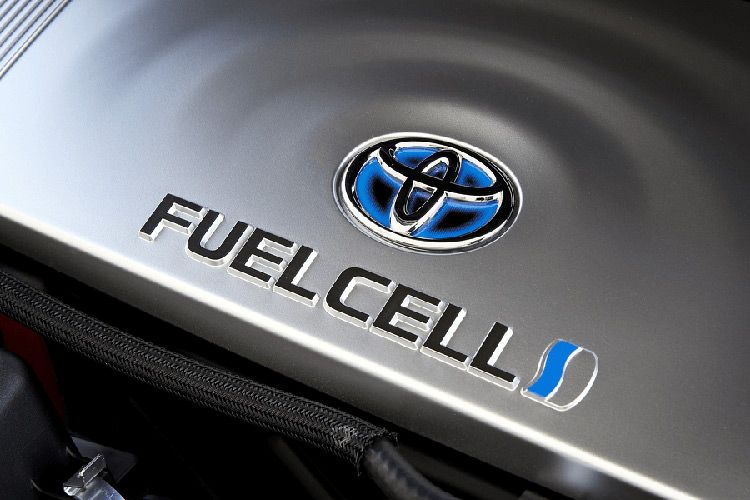
Experts say the future of passenger vehicles in the United States, unlike buses and heavy trucks, is largely battery-powered, not hydrogen. All-electric vehicles can travel longer distances than most people need with relatively small batteries.
Now, instead of reducing pollution, it is increasing hydrogen production. About 75 million tons of hydrogen are produced annually in the world, most of which is due to carbon production processes involving the modification of natural gas vapor. China uses more polluting coal. The so-called “hydrogen” hydrogen made from natural gas requires additional steps. The carbon dioxide produced in this process is sent underground for storage.
The Cornell-Stanford study showed that hydrogen produced 20 percent more carbon than burning natural gas or coal for heat. For this reason, industry researchers have focused on electrolysis, which uses electricity to separate hydrogen and oxygen in water. Hydrogen is mixed with oxygen in a car fuel cell to produce power. Joe Cargnelli is the director of Cummins Hydrogen Technologies, a company that manufactures electrolyzers and fuel cell power systems. In this regard, he says:
Wind and solar power generation is increasing worldwide, making electrolysis cleaner and cheaper.
Currently, the cost of building a hydrogen truck and producing fuel is more than putting a diesel truck on the road. Hydrogen costs about $ 13 per kilogram in California, and 1 kilogram can provide slightly more energy than a gallon of diesel fuel. In contrast, diesel fuel in the United States is only $ 25.3 per gallon. However, experts believe that this price inequality will decrease.
Litter says:
As production technology improves and expands, the price of hydrogen must fall.
While the price of a diesel truck can be around $ 150,000 depending on the type of diesel equipment, it is not clear what the price of fuel cell trucks is. Nicola, a startup that makes electric trucks and hydrogen fuel cells, estimated last year that it would receive about $ 235,000 from customers for each hydrogen tow truck it sells.
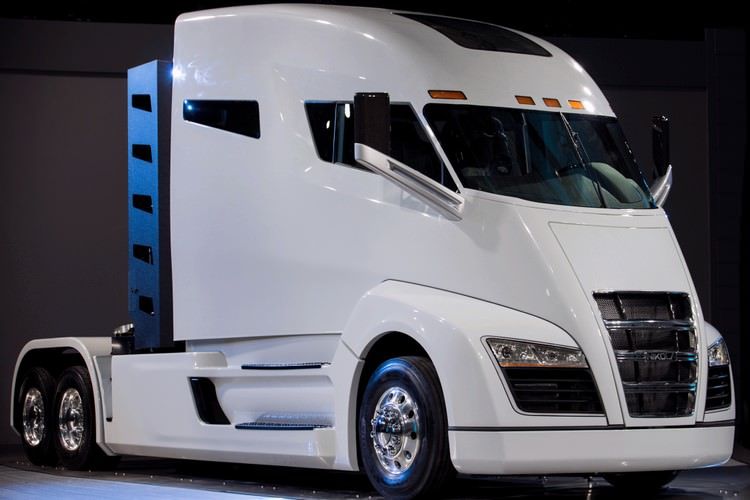
Clean electricity may eventually be used to build and store hydrogen on rail; Where it can refuel deadly locomotives and trucks with non-polluting fuel. Cummins predicts widespread use of hydrogen in the United States by 2030, which will be accelerated by strict diesel emissions regulations and government requirements for non-polluting vehicles. Europe has already set ambitious targets for green hydrogen designed to accelerate the use of this technology.










